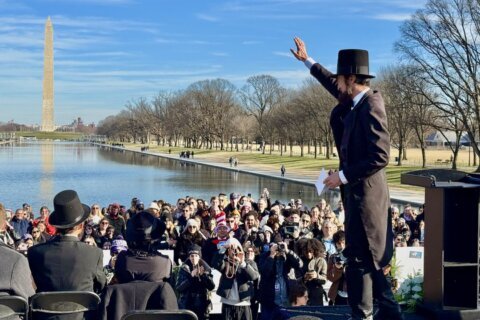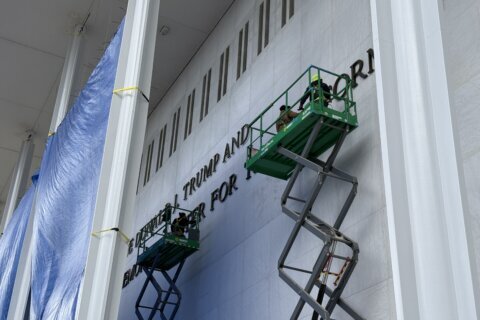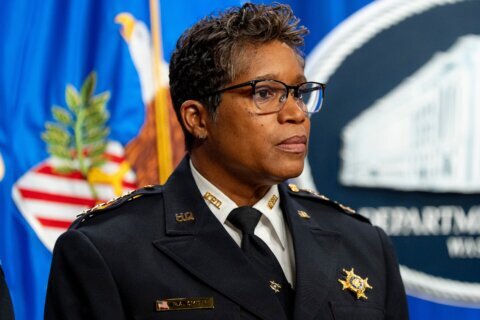WASHINGTON — Though the building is under construction and won’t open until 2016, officials at the Smithsonian’s National Museum of African American History and Culture are busy at work.
On Saturday, museum officials held a daylong symposium to discuss recent events in Ferguson, Missouri and Baltimore, Maryland, in which unarmed black men were killed during encounters with police.
“In the Smithsonian, we’re a safe space,” says Lonnie Bunch, director of the National Museum of African American History and Culture. “People can come in and have those debates.”
Using an auditorium at the National Museum of the American Indian, panelists and audience members discussed civil rights, social change and interactions between police and black people.
“It is an unfortunate continuum of events, where those who we entrust our safety and our lives to, in ways, disrespect that trust and breach that trust,” says Reverend Willis Johnson, pastor of Wellspring Church in Ferguson, Missouri.
At the symposium, Johnson took part in a panel discussion and spoke one-on-one with Bunch.
“When you look historically,” Bunch says, “there have been moments like this, where the tragedy and pain have allowed the country to change in profound ways. We hope that this moment will then force us to be able to make change.”
Author and journalist Juan Williams, who moderated one of the panel discussions, says the recent events have created a moment in time.
“This is a very specific moment, in terms of black history, because you have so many events around the country that are forcing into consciousness a new way of looking at the black experience,” Williams says.
Johnson is scheduled to preach at Baltimore’s Pennsylvania Avenue AME Zion Church on Sunday: “I pray for justice,” he says about the death of Freddie Gray. “I pray that the community will have its voice and spirit heard and felt.”








